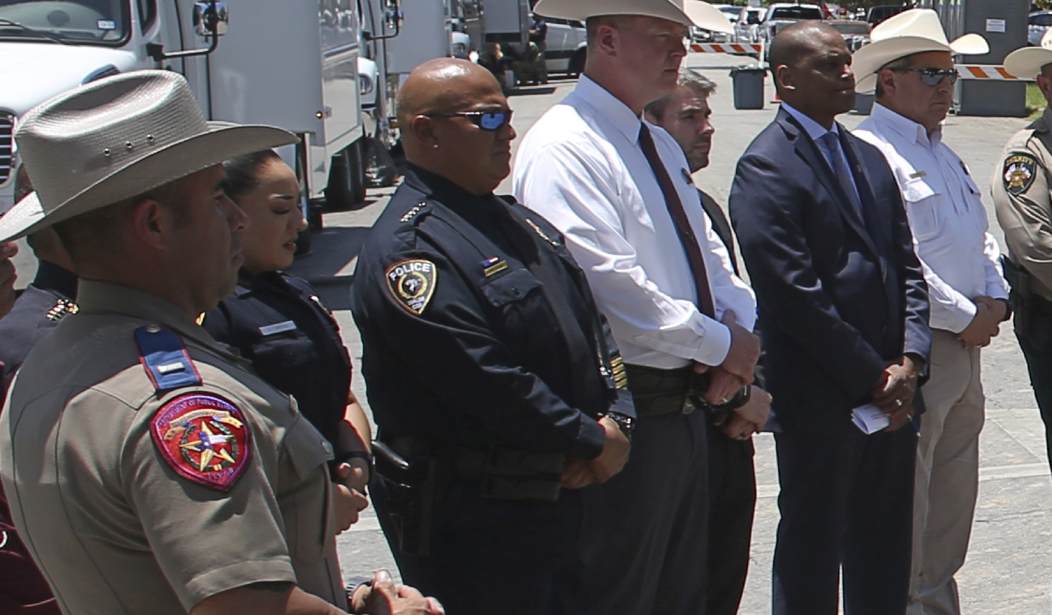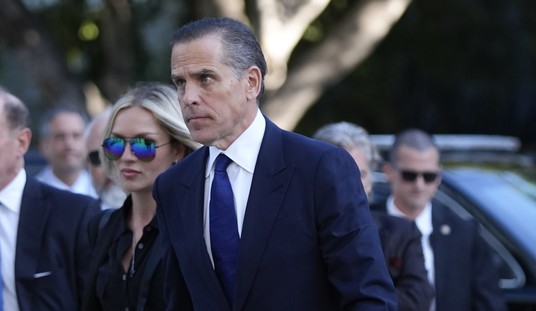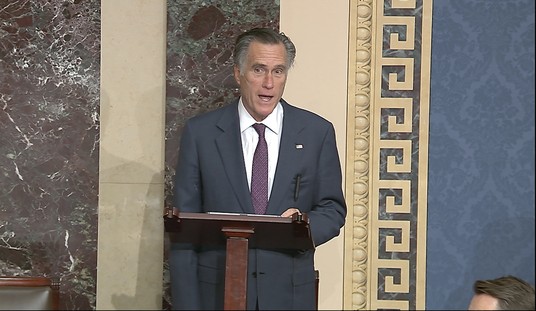It seems like it’s been years since the horrific shooting at Robb Elementary School in Uvalde, Texas, took the lives of 19 students and two teachers. It’s only been months. The heinous act of violence occurred on May 24—all the victims were between the ages of nine and eleven. There were graphic follow-up stories about how some of the bodies were so obliterated by gunshots that articles of clothing were the identifying markers for these grieving families. The shooter, Salvador Ramos, was somehow able to purchase firearms, despite his address belonging to a convicted felon, his grandfather. Ramos also made death and rape threats on social media and posted disturbing images of dead animals.
These details were released after the fact—but what remains the most controversial aspect of this tragedy is the police response. The timeline regarding how law enforcement reacted to the shooting has been changed 13 times, with every new development making the police look even worse. There were over a dozen police officers inside the building—why didn’t anyone breach the door? Nearly an hour passed as Ramos was holed up inside a classroom. Breaching the door could have saved lives. The initial story that police waited for a custodian’s keys to unlock the door proved false; the door was open. Finally, the Texas Department of Public Safety placed a lot of blame on Uvalde School Police Chief Pete Arredondo, the incident commander on-site.
Numerous tactical and strategic errors have been cited, not least because he ditched his radio at the time of the shooting, which cut off lines of communication. Arredondo was also briefly a city councilman, sworn in during a covert ceremony but later resigned to the media attention. Unseemly city council positions aside, Arredondo was finally terminated last night, much to the jubilation of the community and the victims' families. Arredondo has called his firing “an unconstitutional public lynching” (via NYT):
Recommended
Facing intense pressure from parents, the school board in Uvalde, Texas, on Wednesday terminated its school police chief, Pete Arredondo, who directed the district’s police response to a mass shooting at an elementary school in which the gunman was allowed to remain in a pair of classrooms for more than 75 minutes.
The unanimous vote, which Mr. Arredondo, through his lawyer, called “an unconstitutional public lynching,” represented the first direct accountability over what has been widely seen as a deeply flawed police response, one that left trapped and wounded students and teachers to wait for rescue as police officers delayed their entry into the two adjoining classrooms where the gunman was holed up.
Cheers broke out in the room as one of the board members, Laura Perez, made a motion: “I move that good cause exists to terminate the noncertified contract of Pete Arredondo, effective immediately,” she said.
Mr. Arredondo, who has led the small police force since 2020, was described by the head of the Texas Department of Public Safety as the incident commander responsible for the delayed response. Mr. Arredondo has said he did not consider himself to be in charge, and an investigative committee from the State Legislature concluded that a number of law enforcement agencies shared responsibility for what it called “systemic failures” in the response.
The school police force is one of several law enforcement agencies whose officers’ conduct during the shooting has been called into question. Inquiries are underway by the City of Uvalde into the actions of the acting police chief on that day, and by the Department of Public Safety into how its own officers responded at the school.
From the moment the meeting began in the high school auditorium, the tension was palpable. Brett Cross, an uncle of one of the victims, jumped onstage, catching the school board members off guard, and handed them a letter demanding that their deliberations, which they were about to hold behind closed doors, be open to the public.
“Our babies are dead,” Mr. Cross said. Some in the crowd yelled, “Cowards!” and, “No justice, no peace!”
Again, not the best choice of words, ex-chief. Closed-circuit footage of officers standing around in the hall, using hand sanitizer as they waited—all while kids were getting shot and killed inside—painted the Uvalde police and Arredondo in an untenable position. The core of their response flew in the face of everything law enforcement has been trained to do regarding reacting to an active shooter situation. Arredondo was the incident commander who gave the stand-down order; he bungled the response. Uvalde's parents have also made it known that holding those accountable won’t stop with Arredondo’s termination.

























Join the conversation as a VIP Member